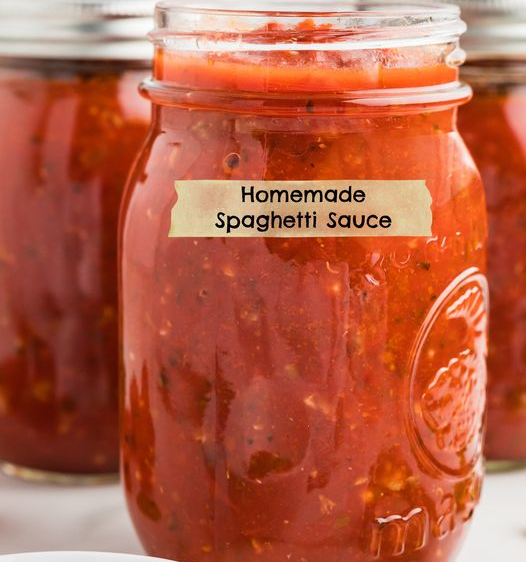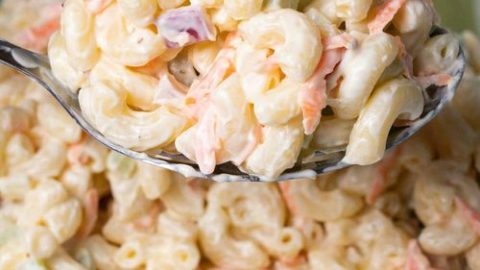Step-by-Step Instructions
Step 1: Preparing the Ingredients
- Chop the Vegetables: Finely chop the onion, garlic, celery, and bell pepper. Grate the carrot.
- Prepare the Meat (if using): In a separate pan, brown the ground beef, turkey, or sausage until fully cooked. Drain excess fat and set aside.
Step 2: Sautéing the Vegetables
- Heat the Oil: In a large pot or Dutch oven, heat olive oil over medium heat.
- Sauté the Onion and Garlic: Add the chopped onion and garlic, stirring frequently until the onion becomes translucent.
- Add Carrot and Celery: Stir in the grated carrot and chopped celery, cooking for about 5 minutes until softened.
Step 3: Building the Sauce
- Add Tomato Paste: Stir in the tomato paste, cooking for 2 minutes to enhance its flavor.
- Combine Crushed Tomatoes: Pour in the crushed tomatoes, stirring to mix well.
- Add Seasonings: Include the sugar, salt, black pepper, oregano, basil, and bay leaf.
- Pour in the Wine (if using): Add red wine to the mixture, stirring to incorporate.
Step 4: Simmering the Sauce
- Simmer the Sauce: Lower the heat and let the sauce simmer uncovered for 30-45 minutes, stirring occasionally. If using cooked meat, add it at this stage.
Step 5: Taste and Adjust
- Taste the Sauce: Adjust seasonings as needed. Add a pinch of sugar if the sauce is too acidic.
- Add Optional Ingredients: Stir in mushrooms or bell peppers, cooking for an additional 10 minutes.
Step 6: Final Touch
- Remove Bay Leaf: Discard the bay leaf before serving.
- Garnish and Serve: Top with fresh basil and serve over your choice of pasta, such as spaghetti, fettuccine, or penne.
Step 7: Storage Instructions
- Store Leftovers: Allow the sauce to cool completely before transferring it to airtight containers. It can be refrigerated for up to 5 days or frozen for up to 3 months. Reheat gently on the stovetop or microwave before serving.
Tips for Making the Perfect Spaghetti Sauce
Use Fresh Ingredients
The quality of your ingredients will directly impact the flavor of the sauce. Opt for fresh garlic, ripe tomatoes, and quality olive oil.
Slow Simmering is Key
Allowing the sauce to simmer slowly ensures the flavors meld together beautifully. Avoid rushing this step for a rich and robust taste.
Don’t Skip the Wine
While optional, red wine adds depth and complexity to the sauce. Choose a wine you would drink, as the flavor will intensify during cooking.
Customize to Your Taste
Feel free to adjust seasonings and ingredients according to your preferences. Love garlic? Add more cloves. Prefer a spicy sauce? Increase the red pepper flakes.
Adding Meats
If you enjoy a meatier sauce, ground beef, turkey, or sausage are great additions. Be sure to cook them thoroughly before incorporating them into the sauce.
Make it Ahead
Spaghetti sauce often tastes even better the next day as the flavors continue to develop. Consider making it a day in advance for optimal taste.
Pairing Suggestions
Homemade spaghetti sauce is versatile and pairs wonderfully with various dishes. Here are some pairing ideas to elevate your dining experience:
Pasta Pairings:
- Spaghetti: The classic choice that lets the sauce shine.
- Fettuccine: Wide noodles that hold the sauce beautifully.
- Penne: Tube-shaped pasta perfect for trapping the sauce.
Side Dishes:
- Garlic Bread: A buttery, garlicky side that complements the sauce.
- Caesar Salad: Fresh greens with a tangy dressing for a balanced meal.
- Roasted Vegetables: A healthy, colorful addition to your plate.
Wine Pairings:
- Chianti: A dry red wine that enhances the sauce’s rich flavors.
- Merlot: A smooth, fruity wine that pairs well with tomato-based dishes.
- Pinot Noir: A light, elegant wine that won’t overpower the sauce.





